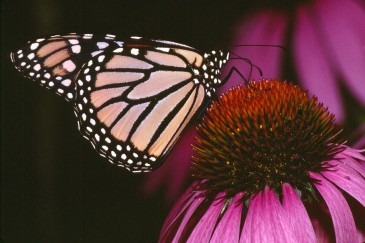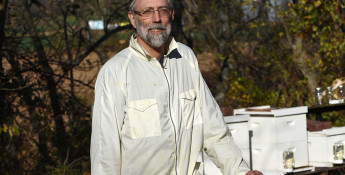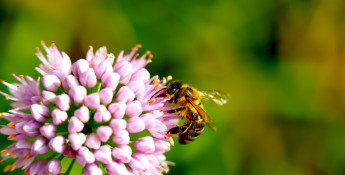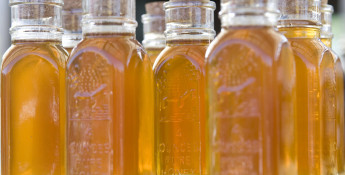By Hannah Becker on November 14, 2017
Pollinator Power
3 things farmers are doing to help pollinator populations
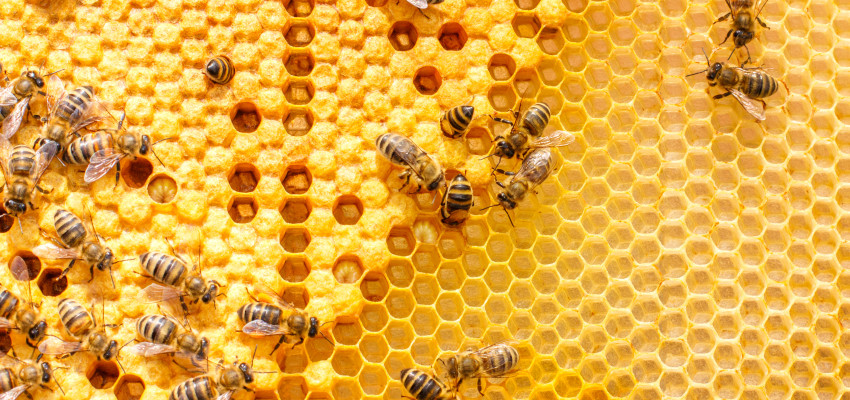
You may not think twice about that bumble bee catching a midday snack on your backyard flowers, however, the future of our food supply hinges on the viability of pollinators just like him.
More than 35 percent of the food we grow depends on pollinators for sustainability. In the United States alone, honey bees - just one type of pollinator - contribute more than an estimated $15 billion to the economy. Without pollinators doing their thing, many of the foods our world depends on for nutrition, such as apples, cherries, pumpkins, cucumbers, blueberries, tomatoes, soybeans and sunflowers could cease to exist.
Pollinators are essential to food production; however, habitat destruction, environmental changes and other effects of sprawling urbanization, have led to declining pollinator populations. Over the past few years, a wide variety of influencing organizations and professionals, from beekeepers to federal regulators, have joined forces to help protect our pollinator populations.
Here are three things farmers and ranchers are doing to help pollinator populations:
Establishing a Pollinator Environment
Farmers and ranchers help our pollinator populations by providing a pollinator-friendly environment on their farmland. Honey bees, monarch butterflies and other pollinator species don’t need much to thrive - just an undisturbed area offering food and shelter. Flowering milkweed, aged wood and wildflower patches are just a few examples of easy-to-install pollinator magnets. By planting flowering plants and protecting nest sites, today’s farmers can provide the perfect host site for native and migratory pollinators right on the farm.
Pollinator-Friendly Farming Practices
Integrating pollinator-friendly farming practices is another way today’s farmers and ranchers help support pollinators. While there are a variety of industry-standard production practices that are “pollinator-friendly,” here are three ways modern agriculturists help maintain the ecosystem:
- Minimizing soil tillage through no till farming practices helps protect pollinators like ground-nesting bees whose life cycle requires burrowing underground.
- Careful insecticide and pesticide use, along with strategically placed windbreaks and hedgerows, help maintain a pollinator-friendly environment on the farm year-round.
- Managing crops on a schedule that allows them to bolt, or flower, provides area pollinators with additional food sources they can use to grow.
Conservation-Focused Partnerships
Since 2000, leading agricultural organizations, like the American Farm Bureau Federation, have worked hard to establish partnerships among conservation-minded agencies and organizations. Through the North American Pollinator Protection Campaign (NAPPC) these innovative initiatives have led the way on 21st century pollinator advocacy and research. Conservationists, farmers, government officials, scientists and researchers meet every October in Washington, D.C., to discuss pollinator concerns and progress. Collectively, the NAPPC has made great strides in ensuring pollinators’ future through education, legislation and research. Farmers and ranchers are often on the frontlines of such conservation partnerships, responsible for localized community awareness and research-driven environmental action.

